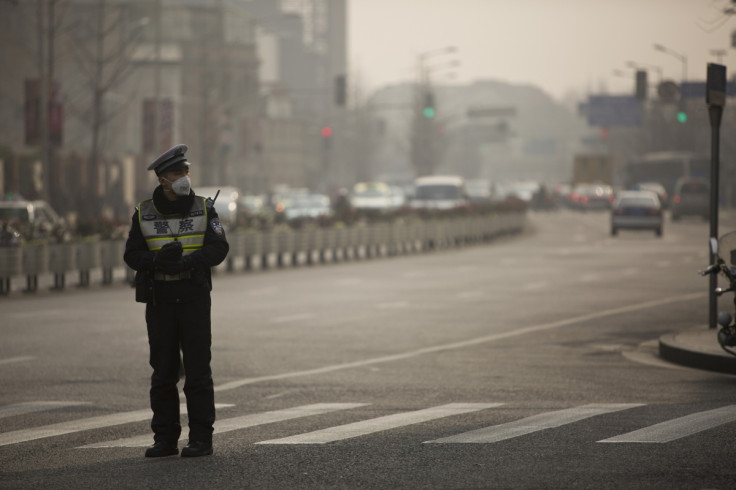Giant Vacuum Cleaners and Artificial Rain: China Gets Creative With Pollution Clean-Up

China's air pollution has been a long-standing issue, which has caused widespread environmental and health problems.
Lung cancer and cardiovascular disease are rife in cities, despite the similar rates of tobacco smoking in the countryside.
As seen in satellite images, smog from mainland China is spreading - and the pollution has reached as far as California.
According to the World Bank in 2007, 16 of the world's 20 most polluted cities are in China.
The booming economy has increased the quantity of factory and manufacturing jobs, but has also resulted in severe air pollution.
Under-regulated coal plants and manufacturers have previously been blamed and, according to officials, attention is now being turned to the use of fireworks for the upcoming Chinese New Year celebrations on 31st January.
China's state media have deemed the tradition of setting off fireworks environmentally unfriendly, urging citizens to use flowers and "electronic substitutes" instead.
The Chinese government has tried various ways to combat the problem, which have become increasingly bizarre. IBTimes investigates some of the solutions implemented over the years.
Artificial rain/cloud seeding

Cloud seeding is a form of purposeful weather modification, which is designed to clear smog by increasing the amount and type of rain.
Substances such as silver iodide and solid carbon dioxide are fired into the air, which change the microphysical processes within clouds. Research has also encouraged the use of table salt in the process. Vincent Schaefer first discovered the idea for artificial rain in July 1946.
Breathing bicycle
A solution for the people, rather than the problem itself, the "breathing bike" is designed to clear the air while cycling. The bicycle was created by Beijing artist Matt Hope, who inserted an air filtering system made from an Ikea rubbish bin and other items to the back of his bicycle. Ideas for other prototypes have been thrown around, including from Bangkok-based design-firm Lightfog Creative and Design.
Giant vacuum cleaner
A giant electrostatic vacuum cleaner has been devised by a social design laboratory called Studio Roosegaarde, to rid the air of smog particles.
The concept looks rather like a giant hula hoop and uses copper coils to create an electrostatic field that attracts smog particles, creating a hole of clean air above it.
Working with scientists from the University of Delpt in the Netherlands, Roosegaarde created a prototype of the machine. The coils are buried underground and draw the smog particles towards the earth, where they can be collected.
Nasal filters

Traffic police in Shanghai have been given nasal filters, which prevent them from inhaling polluted air while they work. The filters fit discreetly in the nose and are designed so officers can speak and use their whistles without obstruction.
They were first given out last year, to test on around 200 officers. Masks are also used, but they affect the ability to use the traffic whistles. Regulations are also in place in the country that require employers to pay employees bonuses for working in hazardous conditions.
Skyscraper water sprinklers

Yu Shaocai, a former research scientist from the US Environmental Protection Agency, thought of the idea while watching a garden being watered.
He says natural precipitation is as effective as any other solution to the problem, if the sprinklers are attached to skyscrapers in urban areas.
In an article in Environmental Chemistry Letters, Yu highlights the benefits of the scheme. It could reduce the concentration of PM2.5 pollution in 30 minutes. It is also a natural process which is not costly, as the equipment to see the project through is already in place from cloud seeding.
© Copyright IBTimes 2025. All rights reserved.






















